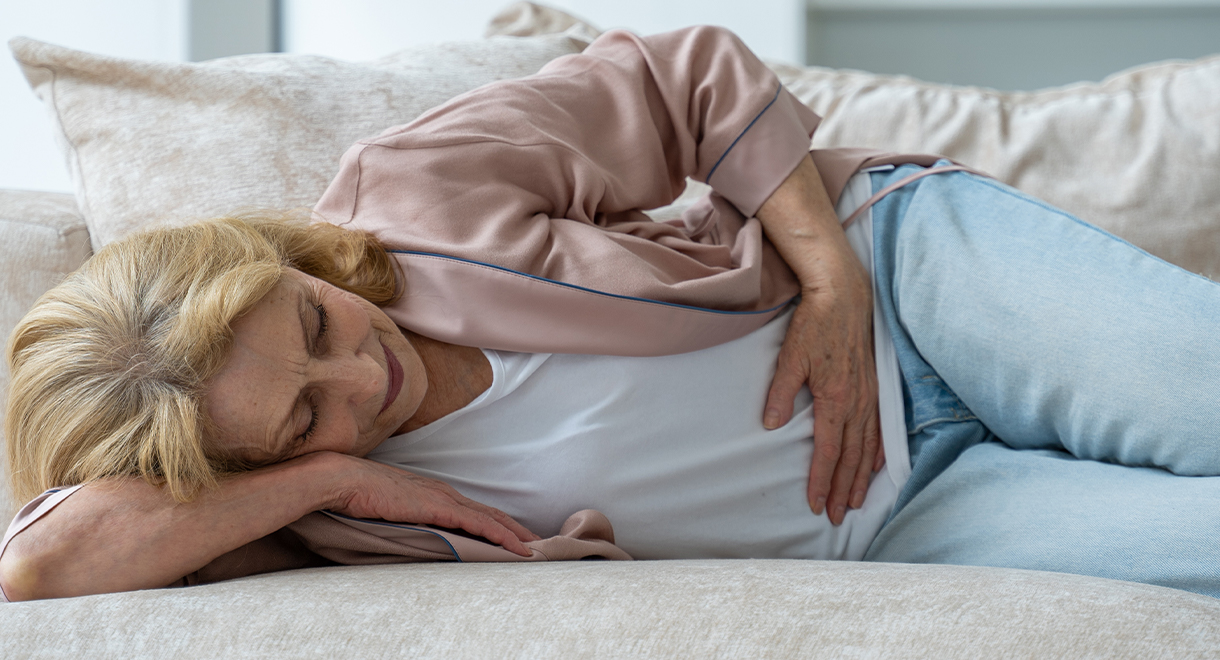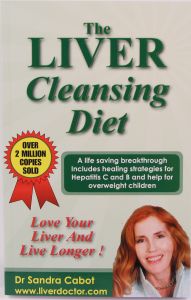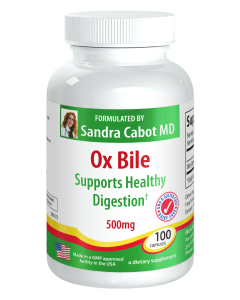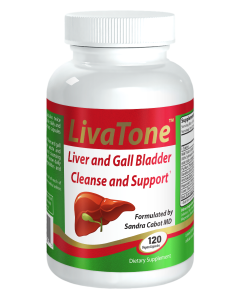

Case Study: Liver Cysts And Gallbladder Removal
I will never forget a patient of mine who was already in her 70s when she first consulted me. She was troubled by chronic but intermittent pain over the area of her liver (right upper quadrant of the abdomen). This pain was due to cysts in her liver as well as cysts in her bile ducts. She had had her gallbladder removed in her 40s, because of stones and sludge. After her gallbladder was removed, the reduction in her symptoms was not that good, and she continued to have intermittent pain and very pale-colored feces.
Over the years, she developed more liver cysts and had some stones form in her bile ducts, even though her gallbladder was removed. These recurrent stones caused temporary and painful blockages in her bile ducts and this increased the size of her liver cysts. This is not surprising, as blockages lead to an increase in pressure in the ducts and pressure leads to swelling in the tubes, which can lead to cysts. She had gained excess weight since her gallbladder was removed.
I thought to myself - “This lady is a real challenge, as the surgeons had not been able to help her.”
Once I examined her and took her history I could see that she was very dehydrated and had red liver palms. Her skin and her eyes had a yellowish or sallow complexion and her tongue was coated with a green-white colored layer. She did not drink very much water and her diet was lacking in raw fruits and vegetables. Most of her food was cooked. She did eat vegetables, which was one positive thing, but they were generally overcooked. She did not eat fruit every day and did not take vitamin C, so she was sure to have a vitamin C deficiency.
This elderly lady was a prime example of the need to take care of your liver and bile ducts, even after your gallbladder is removed. Her surgeon had told her that she “could eat anything and everything now that her gallbladder was removed”. How incorrect is that!
Because she had not known how to take care of her bile ducts, she had suffered needlessly for many years. Well that was about to change, as she was going to start supporting her gallbladder and bile ducts with Livatone capsules and Ox Bile capsules. By supporting the production of healthy bile by the liver cells we can keep the bile ducts healthy and avoid the formation of more stones in the bile ducts.
Some people think that a gallbladder flush is a safe procedure to flush stones out of their gallbladder and bile ducts; however, if the stones are bigger than your bile duct (greater than 6 mm) the stones can get stuck. Before attempting a gallbladder flush check with your own doctor that it is suitable for your case.
Many people have “silent gallstones” that do not trouble them and these are often discovered accidentally when they are being investigated for some other problem. The natural history of these stones is that they will remain silent and cause no problems, and only around 18% of such stones will cause problems over a 15-year period. If you have stones that are not troubling you, it is suggested that you follow the dietary recommendations in The Liver Cleansing Diet book and take Livatone – chances are you can watch the stones slowly dissolve and shrink away.
If, however, the gallstones or sludge are causing upper abdominal pain, nausea, bouts of vomiting, pain in the right shoulder, or if there is a chance of infection or cancer in the gallbladder, then you must be guided by your own surgeon.
Laparoscopic surgery (keyhole surgery) has made the recovery time after surgery much shorter. In some very acute gallbladder attacks, surgery can be life-saving. However, remember this type of surgery can have complications and although these are not common, I have seen patients who have had more problems after cholecystectomy than they had before. These problems included leaking bile, permanently damaged bile ducts, liver hemorrhage and infection.
The above statements have not been evaluated by the FDA and are not intended to diagnose, treat or cure any disease.
Know someone who might benefit from this article? Share it!
Need Help?
1-888-75-LIVER
Monday to Friday, 9:00 am to 5:00 pm MST
100%
Satisfaction Guaranteed
If it’s faulty or wrongly described, we’ll replace it.













